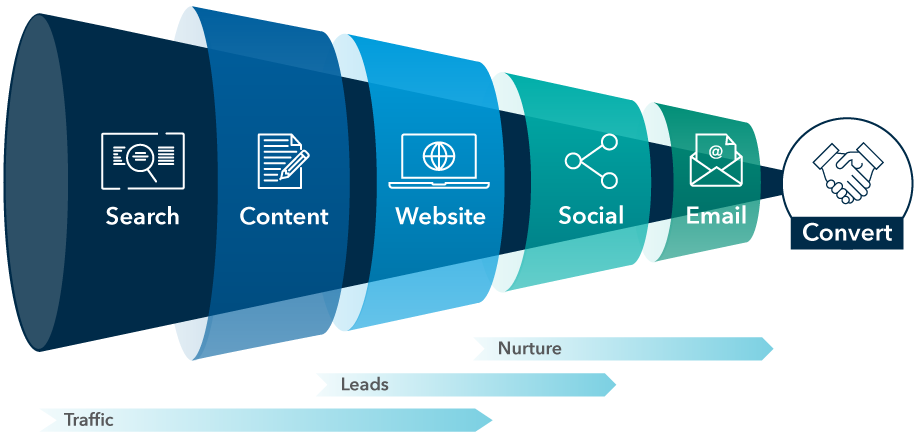1. Realize you already have content marketing topics for financial advisors
When considering topics to cover, an easy entry point is answering the questions you hear most from clients. After all, you are trying to attract prospects who are like your clients. It stands to reason that they have similar questions. Your inherent understanding of these topics can make you a problem-solver in a way that’s tangential to the real work you do with clients. That’s the basic idea behind content marketing: offering added value to prospects and clients for the sake of getting noticed and building your brand.
Here are some categories to help you start brainstorming:
Frequently asked questions: As a first step, answer the questions you hear most from clients and turn it into articles on your website. These types of questions provide an easy bridge to content creation, because you already have the answers you provide every day. Even if the answers are complicated, the questions can be simplified to appeal to a broad audience of investors. For example, is it better to save or pay off debt? How can I retire early? Should I lease or own? Are there ways to reduce my tax bill? What are individual retirement accounts (IRAs)? How do Roth IRAs work? If there are questions that appeal specifically to your ideal client, start with those as a way of developing yourself as a subject matter expert.
News and market commentary: Particularly during times of economic uncertainty and volatility, creating illuminating content can help address your clients’ greatest concerns. Even when there are no straight answers, a thoughtful take or historical context can offer some perspective on current events. And it may reduce the need for more time-consuming, one-on-one conversations.
Financial education or enlightenment: In general, web searchers are looking for answers or inspiration. Financial fundamentals may help you attract both, with hard facts (e.g., retirement account contribution limits) and new ways to think of money (e.g., the power of compounding savings). You may be able to find ways to build exciting content on essential financial planning, retirement planning, and tax and estate planning topics.
Storytelling: From simplifying financial topics to illuminating the ways financial concepts impact our everyday lives, stories can be an engaging way to get a point across. Some advisors use stories from their daily lives and connect them back to clients. For example, one advisor in Las Vegas brings her love of yoga to her brand and her practice’s digital marketing. She creates videos and blog posts that align with stories of financial wellness designed to educate clients.
Offers or promotions: There may be opportunities to create content around a specific service you are trying to promote, or where you want to use an offer or promotion to gain client contact information. Prospects are more likely to share data if the content is robust and has value; for example, you might offer a college savings playbook for parents or a guide to home equity lines of credit.
For more on formatting, creating urgency and developing strong headlines, see 6 tips for writing content that drives immediate response.



